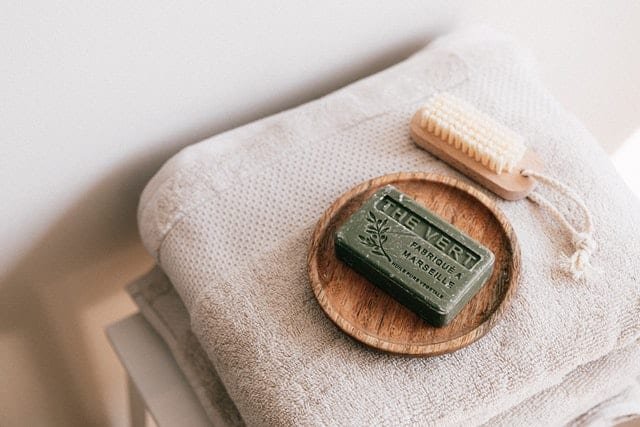
Even washing the pillows we use for sleeping requires time and dedication and some little care. Here are all the secrets
In latex, goose down (for those who have it…), synthetic or foam, the pillow, like the mattress, plays a fundamental role in ensuring a good rest. And, just like the mattress that needs an adequate one-off cleaning, the pillow must also be carefully washed to avoid infections and allergies. But how are the pillows cleaned?
Given that, if taken care of, the pillow should be replaced at least every two or three years (obviously it depends on the type of material), it is advisable to wash it at least a couple of times a year (for those for which it is possible to extract the padding, a more frequent washing would not be wrong at all…), generally in correspondence with the seasonal changes.
But before asking ourselves the problem of how to wash a pillow, it is good to have in mind a series of precautions, such as:
- air the pillow and expose it to the outside air at least once a week
- turn it to prevent deformation
- under normal pillowcases, use a washable protective pillow cover
What are the most popular pillows?
- feathers and down: unfortunately they are still in great demand and sold, although they are made with feathers that come from geese or ducks. It is a fundamentally soft pillow, which deforms and then returns to the starting position
- latex: it is a synthetic pillow, of natural origin or a mixture of both
- synthetic: usually the padding is in polyester fiber and is breathable
- foam: the classic “memory foam”, usually polyurethane
Which pillows go in the washing machine and which ones don’t
Generally, most synthetic pillows can be washed in the washing machine without problems, the important thing is to always read the labels and follow a few simple steps:
- use a neutral liquid soap and not a powder. By doing this, you will avoid any residual dust remaining in the pillow.
- do a delicate wash with water temperatures that do not exceed 40 ° C and spin revolutions between 600 and 800: in this way you will eliminate excess water without compromising the shape of the pillow
- remember to fill the load anyway in order to save on the energy bill
- let the pillow dry in the open air, preferably in the sun and for a whole day or at least until you are sure it is completely dry. In fact, if the pillow remains damp inside, it could be damaged or at least smelled bad.
For goose down pillows, on the other hand, it is better to use hand washing: immerse the pillow in a basin with cold water and lemon juice or soap, with the addition of a handful of coarse salt. Leave to soak overnight and rinse well, allowing it to dry in the open air. Occasionally beat it in order to redistribute the feathers.
Even the latex pillow should not be placed in the washing machine. Even for this material, in fact, it is better to proceed with hand washing as with the down one, but without the use of salt which could corrode it. An effective and quick method is also to pat the latex pillow with a damp cloth and a mild detergent, then leave it to dry in a ventilated place.
What if I want to clean the pillow without immersing it in water?
Hydrogen peroxide could be the case. If blood or cosmetics has stained a pillow you just washed, apply a little hydrogen peroxide – which also acts as a disinfectant – to its surface or just the corner you want to clean.
Remember that hydrogen peroxide is an excellent substitute for bleach (highly irritating and polluting) not only to disinfect but also to whiten all the laundry, especially in the case of white garments that have become gray with time and washing. It can be poured into the washing machine drum in a single spoon.
If you fear that hydrogen peroxide may have a too strong effect on the laundry, it is good to use a non-polluting and safe alternative to bleach. This is sodium percarbonate, which can be purchased online or in health food stores.
How to dry pillows
Carefully avoid shade if possible, except for latex pillows.
Place the cushions in the sun but not upright, this would compromise their shape because the weight of the water would push the material down. The best thing to do is to place the cushions on a horizontal surface with direct sun, turning them over from time to time.
